Back to School (1986): Jude Cole’s 80s Soundtrack Gem
There are songs that make you think of a season. A chorus that smells like sunblock and lockers. A riff that sounds like sharpened pencils. Jude Cole’s “Back to School,” the jaunty pop-rock number that closes Rodney Dangerfield’s 1986 comedy Back to School, is one of those perfectly-timed little pieces of 80s sonic wallpaper. It is not the loudest thing on the soundtrack (that honor goes to Oingo Boingo’s “Dead Man’s Party”) but it is catchy, buoyant, and forever tethered to a comedy about not being late to class. Let us wander the halls of Jude Cole’s career, unpack the song and its film tie-in, and sprinkle in a few credits and curiosities about the man many fans call one of the underrated singer-songwriters of the late 80s and early 90s.
Jude Cole: A quick bio (with the important bits)
Jude Anthony Cole was born on June 18 1960 in Carbon Cliff (near Moline) Illinois and got his start young playing in bars and then heading to the U.K. for a spell with the power-pop band The Records. He drifted back to the U.S. launched a solo career in the mid-to-late 1980s and over time became not only a recording artist but a songwriter producer and manager for other artists. Later he famously helped manage and produce Lifehouse. If you are mapping trajectories imagine small-town Midwestern kid then London pop band then Los Angeles singer-songwriter then label-signed solo artist and finally producer and manager. It is a classic American music industry life arc with a few extra turns.
What makes Jude especially interesting is that while he had moderate chart success (he scored a Top 20 hit in 1990 with “Baby It’s Tonight”) his catalog shows a songwriter more interested in tight craft than flash-in-the-pan stadium anthems. He blends pop hooks with heartland-rock honesty and a bit of literate character-driven storytelling. His songwriting rewards repeat listens rather than instant spectacle.
“Back To School”: The song itself
On paper it is almost cute. A pop rock song built to sit comfortably at the end of a comedy about a middle-aged dad crashing college life. In the movie Back to School (1986) Jude Cole’s “Back to School” plays at the college arrival scene and during the end credits. Jude also made a music video for the tune that features him in the studio with clips from the movie playing on a nearby TV, a very 80s cross-promotional move. The track is radio-friendly energetic and easy to imagine playing while credits roll and the audience files out still smiling. If “Dead Man’s Party” is the party’s theme song “Back to School” is the post-party road-trip classic on the soundtrack album.
A couple of fun production notes about this track and its placement:
The Back to School soundtrack was a modest short collection (nine tracks on the original release) and has been out of print for a long time. Collectors sometimes hunt it down on LP or cassette. That scarcity has helped the soundtrack and songs like Jude’s develop a small cult afterlife. For listeners who grew up with the movie “Back to School” is a nostalgia shortcut.
Jude’s song was not the loudest voice on the film’s music roster (again Oingo Boingo’s “Dead Man’s Party” tends to steal the memory) but close listeners often remember the end-credit glow of Jude’s melody and the light optimistic cadence of his voice. Some tracks on that soundtrack like Michael Bolton’s “Everybody’s Crazy” and a small Aretha Franklin credit gave the album an eclectic feel.
Inside the music video production
The music video for “Back to School” was classic 80s studio-promotional fun. Jude Cole is shown recording in a studio setting with microphones stands and studio gear visible while a TV nearby plays clips from the Back to School film. This setup blended performance with movie imagery to tie the song and the film together visually and musically. Having Jude in the recording space with movie footage rolling in the background made the video feel like a companion piece to the film’s own energy without hijacking it.
That format was perfect for cable TV music outlets or video shows that wanted the song but also wanted to plug the movie. It was a smart, efficient way to connect the song to the film visually and emotionally while keeping production relatively simple. The studio angle gave fans a glimpse of Jude the artist at work and the film clips reminded them why the song mattered in the first place.
“Back to School” by Jude Cole music video, 1986
How the song fits the movie (and why that matters)
Back to School is Rodney Dangerfield’s second-biggest grossing film of the 80s built on his comic persona: loud irreverent high-energy and oddly sentimental. The soundtrack mirrors that tonal mix. There are party songs ironic novelty moments (yes Dangerfield does a “Twist and Shout”) and earnest pop-rock like Jude’s contribution. Slip “Back to School” onto the end-credit slot and you get a neat emotional landing. The film has had its laughs its slapstick and its improbable touching moments. The end-credit song sends audiences out into the evening with a sense of completion and a hummable melody in their heads. That is good placement for a songwriter trying to get a foot in the door of the soundtrack world.
A small trivia nugget: because the soundtrack was short-lived on physical formats and has not seen a major reissue some of the tracks (including Jude’s) circulated primarily through movie viewings TV reruns video releases and later YouTube uploads. That is not the usual single-to-radio pipeline many hitmakers enjoyed. The 80s were still very physical-format-driven for music placement success and that gatekeeping can make a perfectly fine song feel like a hidden track decades later.
“Back to School” MGM movie trailer, 1986
Jude Cole’s soundtrack resume: He was not a one-song cameo
If you like snooping in soundtrack liner notes (guilty as charged) Jude had a few more ties to 80s and 90s films:
The Karate Kid Part III (1989) included a Jude Cole track called “The First Impression” on its soundtrack. It is another example of Jude’s songs landing in mainstream studio pictures of the day, films that paired a few big names with several mid-tier pop-rock contributors. So if you were a moviegoer skimming the soundtrack credits in the late 80s Jude’s name appeared more than once.
Over his career he also recorded and released multiple solo albums (debut in 1987 then the successful A View From 3rd Street in 1990 followed by Start the Car in 1992). Tracks from these albums, notably “Baby It’s Tonight” and later rock radio-friendly singles, are what most often kept his name in rotation on adult-alternative and rock playlists.
So Jude was no one-off movie songwriter. He had enduring album projects charted singles and repeated film credits. Those soundtrack placements helped build a profile that was broad even if not headline-making.
Jude Cole - The First Impression on YouTube. Its hard to find the audio!
Other cool Jude Cole facts and career detours
From The Records to solo songwriter. Jude spent time as a young member of the U.K. power-pop band The Records around 1980 before fully launching his solo career. That early British pop exposure flavored his melodic instincts later on.
He managed and produced other artists. In later decades Jude moved into artist management and production most notably working with and managing Lifehouse and co-writing with them. It is a classic pivot: craft-first musician turned industry-savvy producer and manager who helps shepherd younger artists’ careers.
A modest chart footprint, a devoted fanbase. Jude’s 1990 single “Baby It’s Tonight” reached a respectable spot on the Billboard Hot 100 and became his signature radio moment. But his records consistently showed a songwriter’s craft appreciated by dedicated listeners rather than headline-chasing blockbuster singles.
Soundtrack scarcity equals cult appeal. The Back to School soundtrack was only out in a few markets briefly on LP and cassette and has been out of print for decades. That makes songs like Jude’s little time capsules. You either remember them from the movie or you discover them later on bootlegs YouTube or collector edits. There is a particular kind of nostalgia that attaches to tracks that were not pushed as singles. They feel like secrets you did not know you had.
He is still active (and varied). Jude has released albums in recent years and occasionally returns to recording. He has also reflected publicly on the craft of songwriting and the choices that take artists into production and management work. It is a reminder that careers in music rarely follow a single straight line.
"Back to School: Music from the Motion Picture Soundtrack" cassette tape cover and insert
Jeremy Morris talks about “The Records” second album “Crashes” from 1980
Why Jude Cole feels “underrated” and why that is kind of great
The word “underrated” gets tossed around a lot but in Jude’s case it fits in a few ways:
He wrote melodies and lyrics with more depth than many contemporaneous radio songs yet he was not always packaged as a superstar. That meant critics fellow musicians and discerning listeners often praised his craft while mainstream pop culture moved on to flashier trends.
He is the kind of artist whose songs live in other media (movies credits) or in album deep cuts rather than as ubiquitous singles. That produces a steady loyal appreciation rather than explosive momentary fame.
And his later career moving into production and management multiplied his influence in ways that are less visible to listeners but huge in the industry. When you help shape other artists’ work behind the scenes your name is not always on the marquee but the ripples are there.
All of which is to say Jude Cole is the kind of musician whose songs reward digging. “Back to School” is a neat entry point concise emblematic and attached to a pop-culture touchstone (Rodney Dangerfield’s film) that makes the song more discoverable. From there listeners can find the meatier albums and the slightly different moods he explored in the 90s.
Final Bell
If the back-to-school season makes you nostalgic for pencil boxes clumsy locker dances or the goofy hijinks of an 80s college comedy give Jude Cole’s “Back to School” a spin. It is a compact reminder that good pop-rock does not always shout the loudest. Sometimes it slips into the end credits hums under your departure and later becomes the song that brings the whole movie back to your mind when you least expect it.
The music video adds a dash of behind-the-scenes charm: Jude in the studio with movie clips on a TV in the background reminding you why the song mattered in the first place while keeping it simple and direct.
And if you are feeling scholarly spend a little time with his albums and you will find an artist who wrote tight melodies and honest lyrics then went on to help other artists find their voice. That is a report card worthy of a gold star.



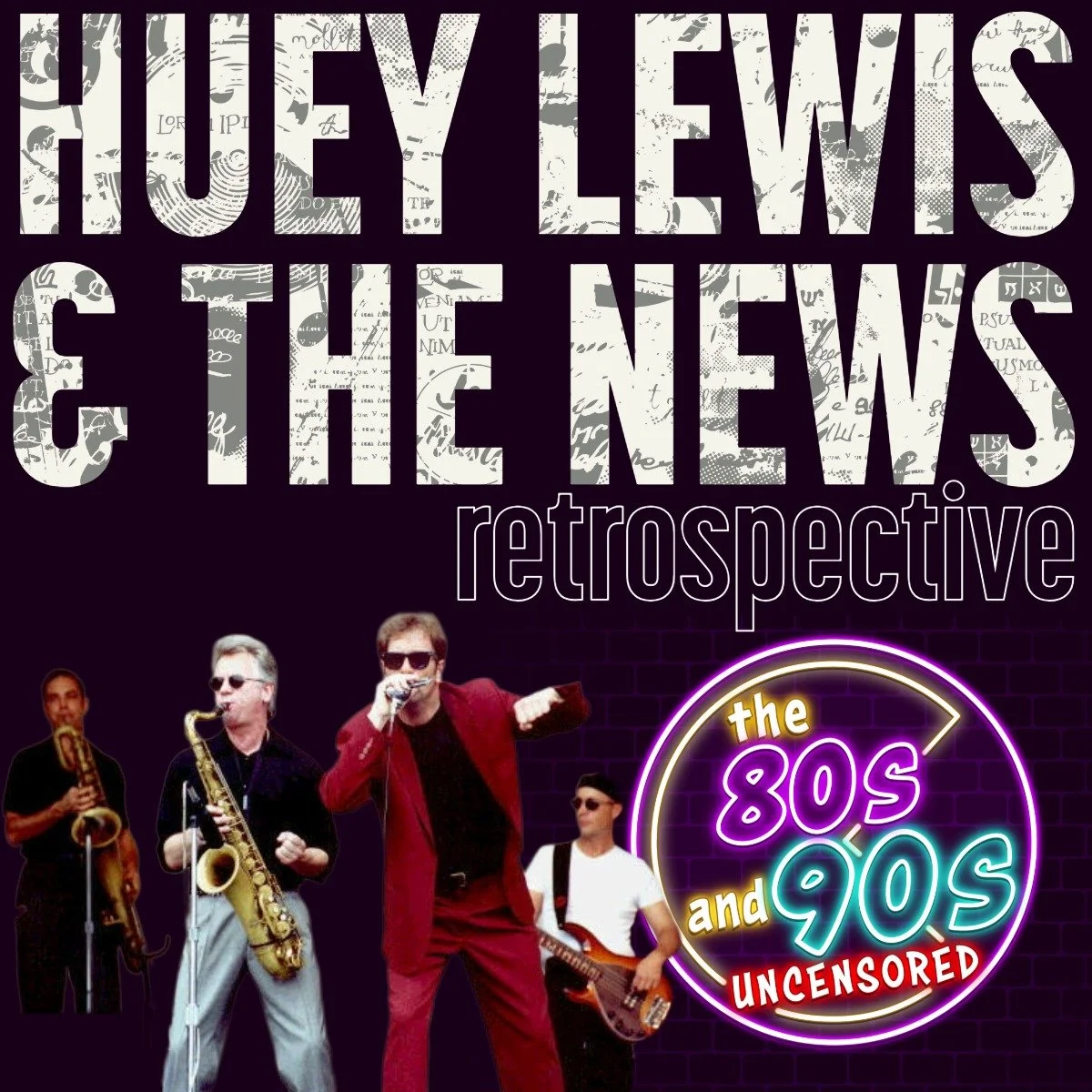

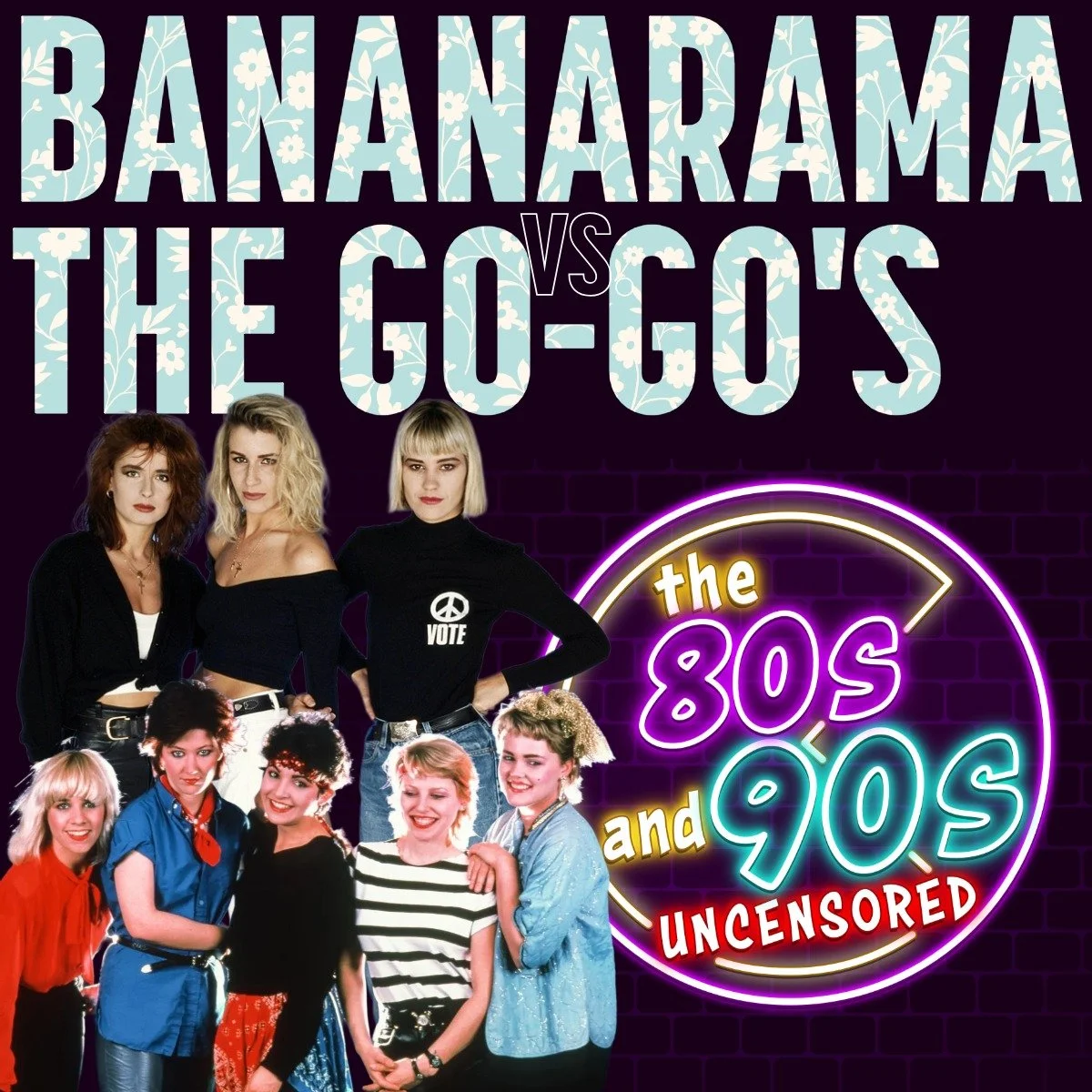





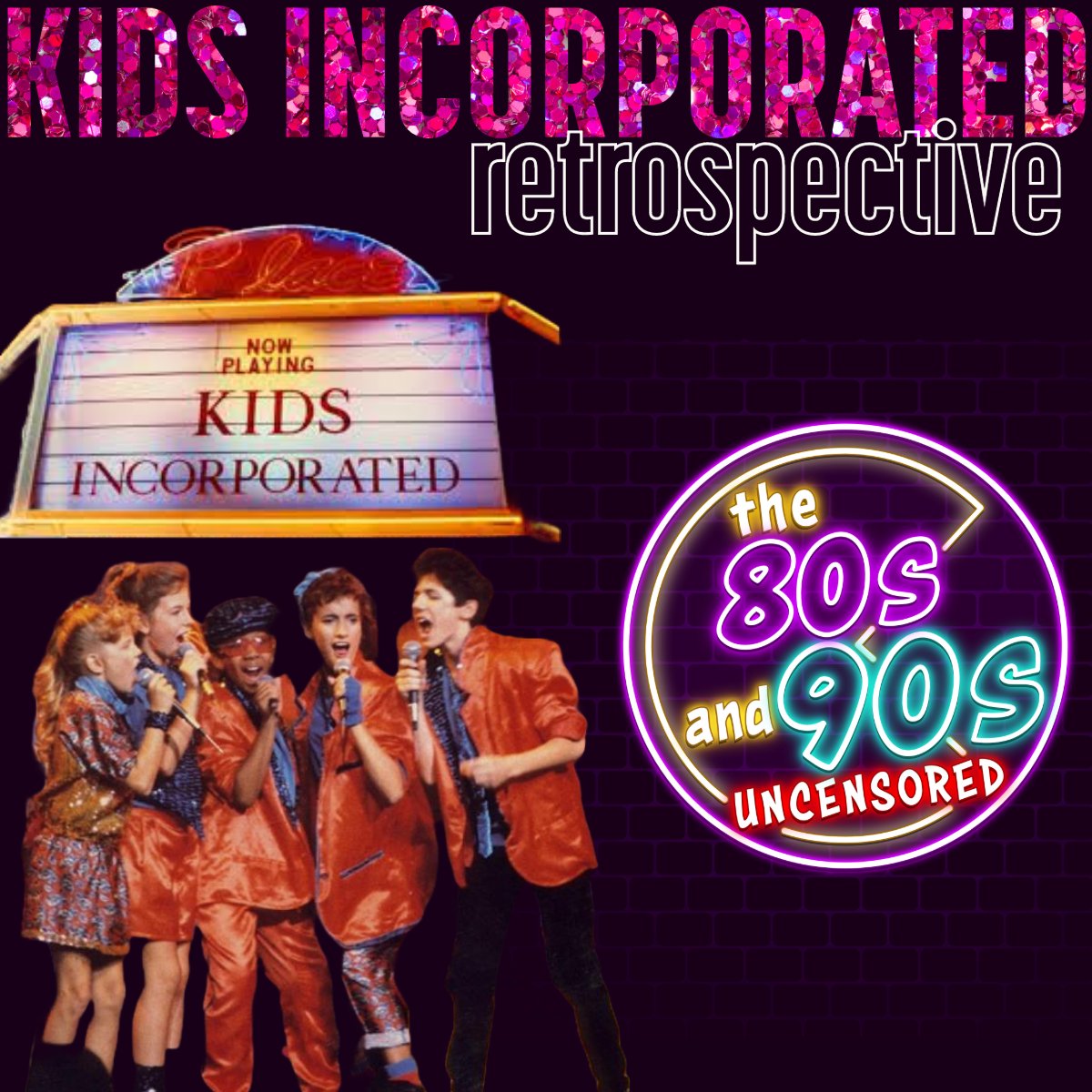


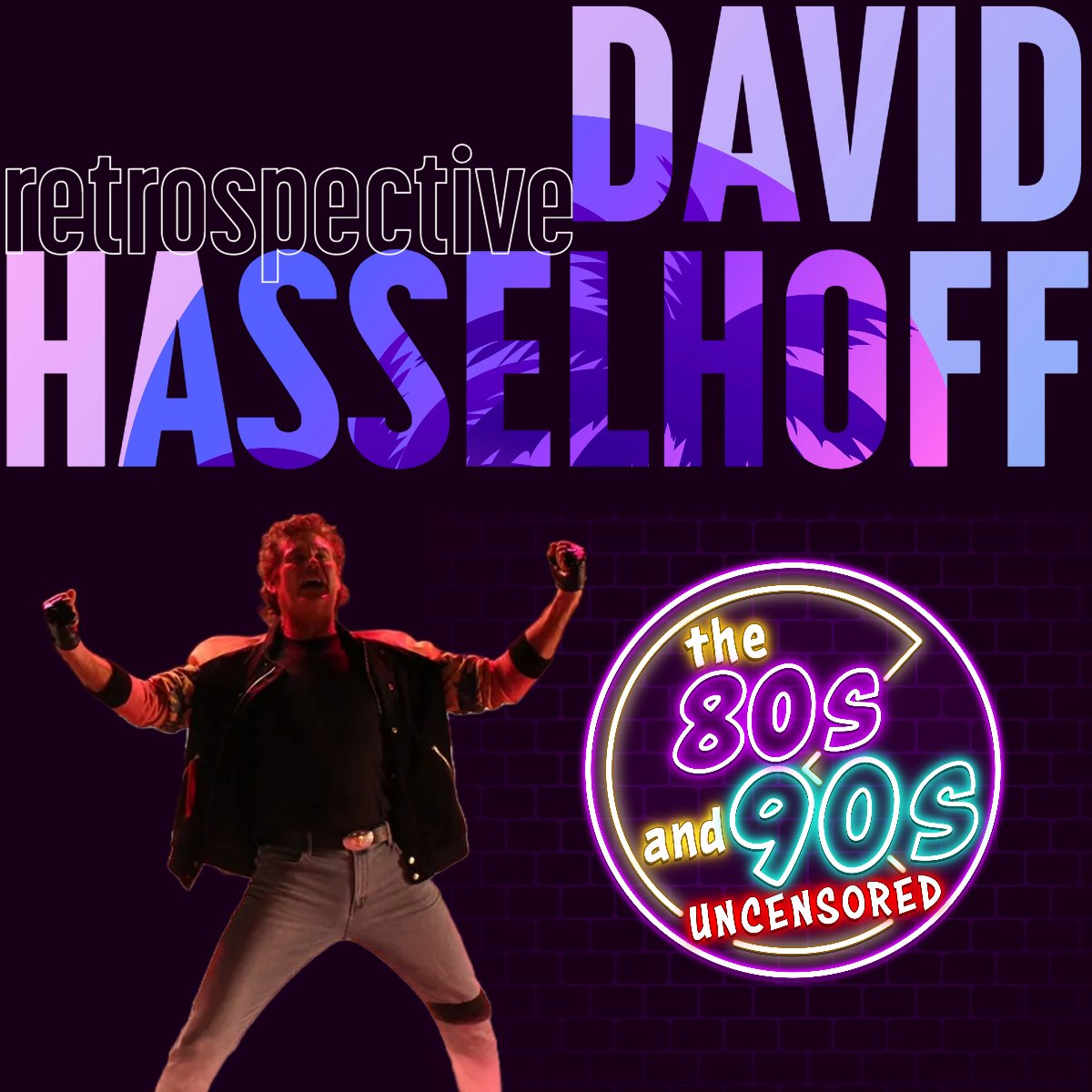

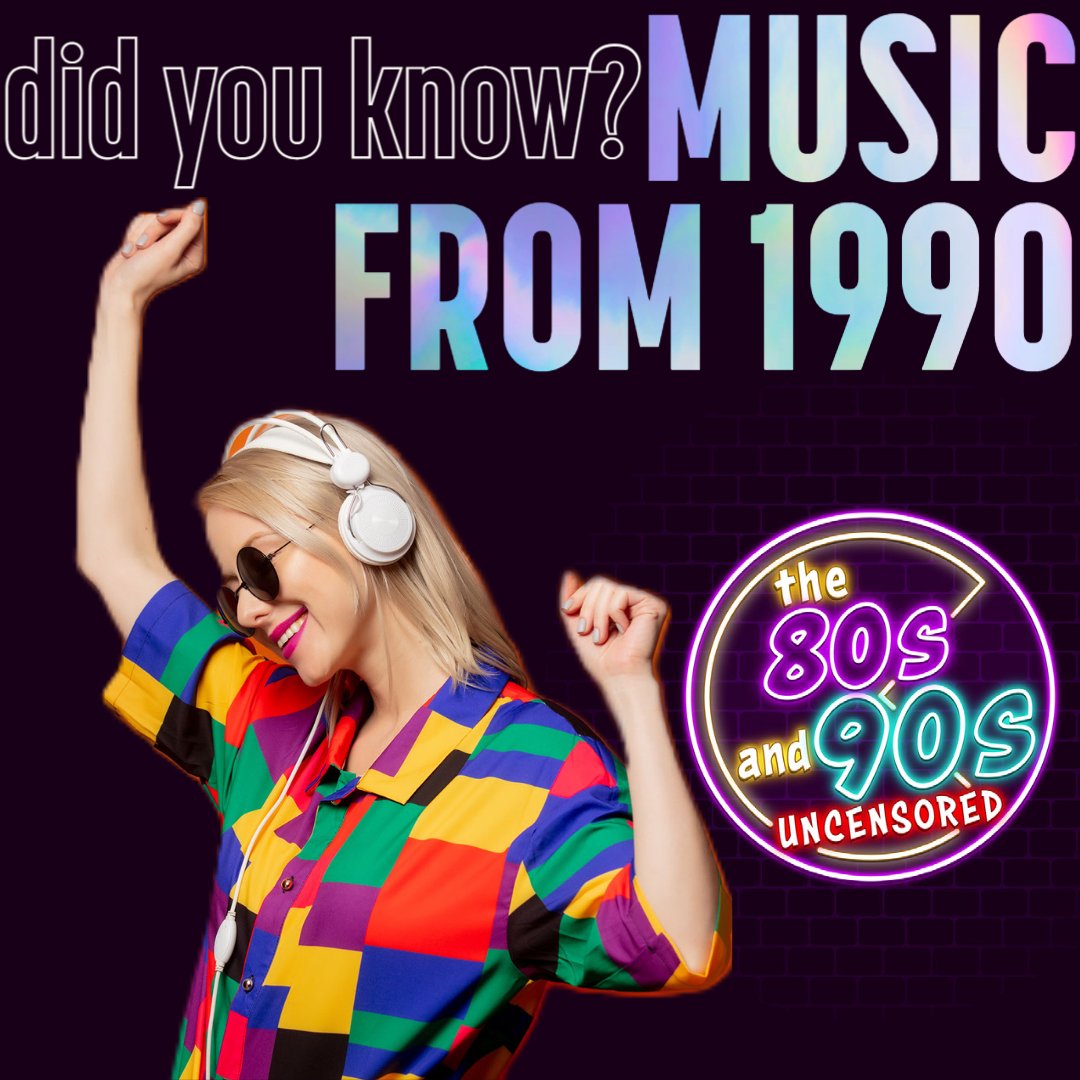

We’re joined by Naomi from the Dope Nostalgia Podcast to debate which song is the greatest one-hit wonder of the 90s. We pitch our song and debate its merits. Do you agree!